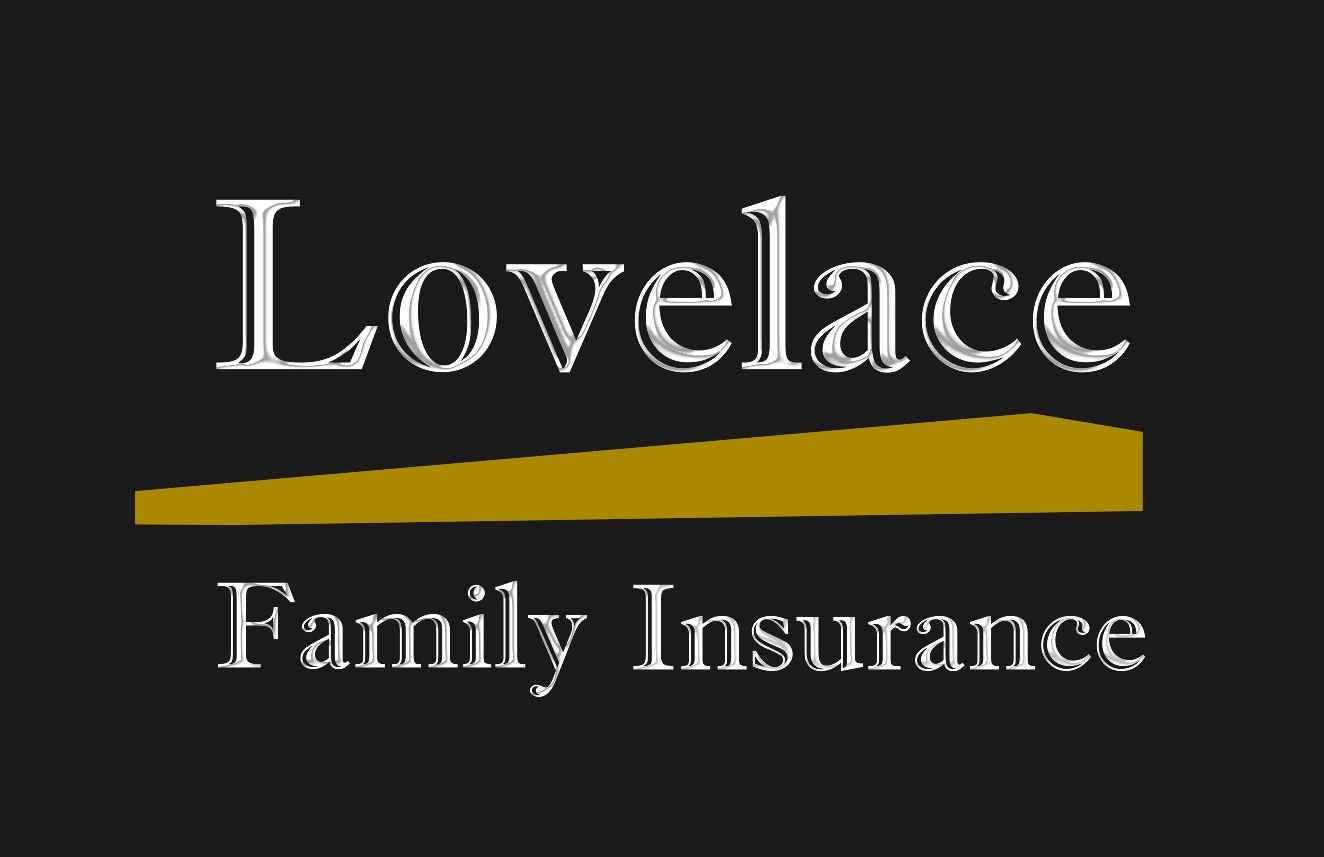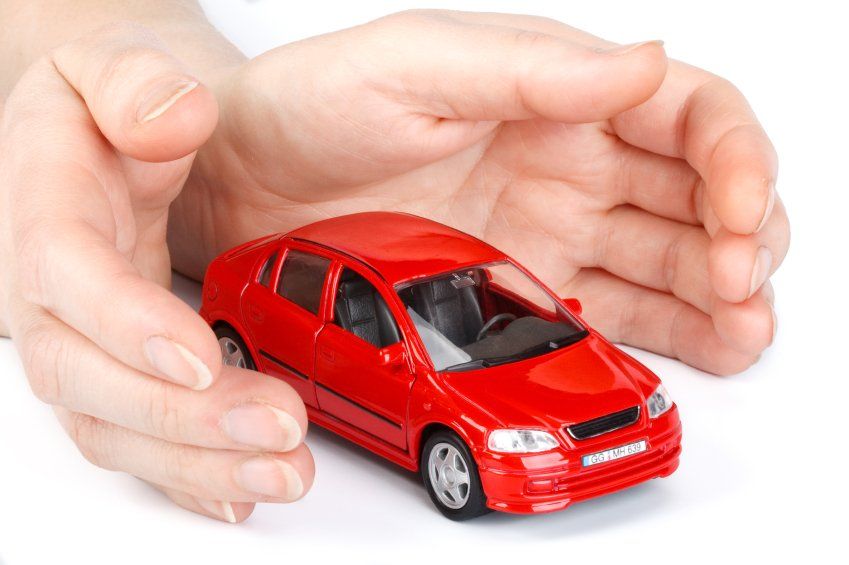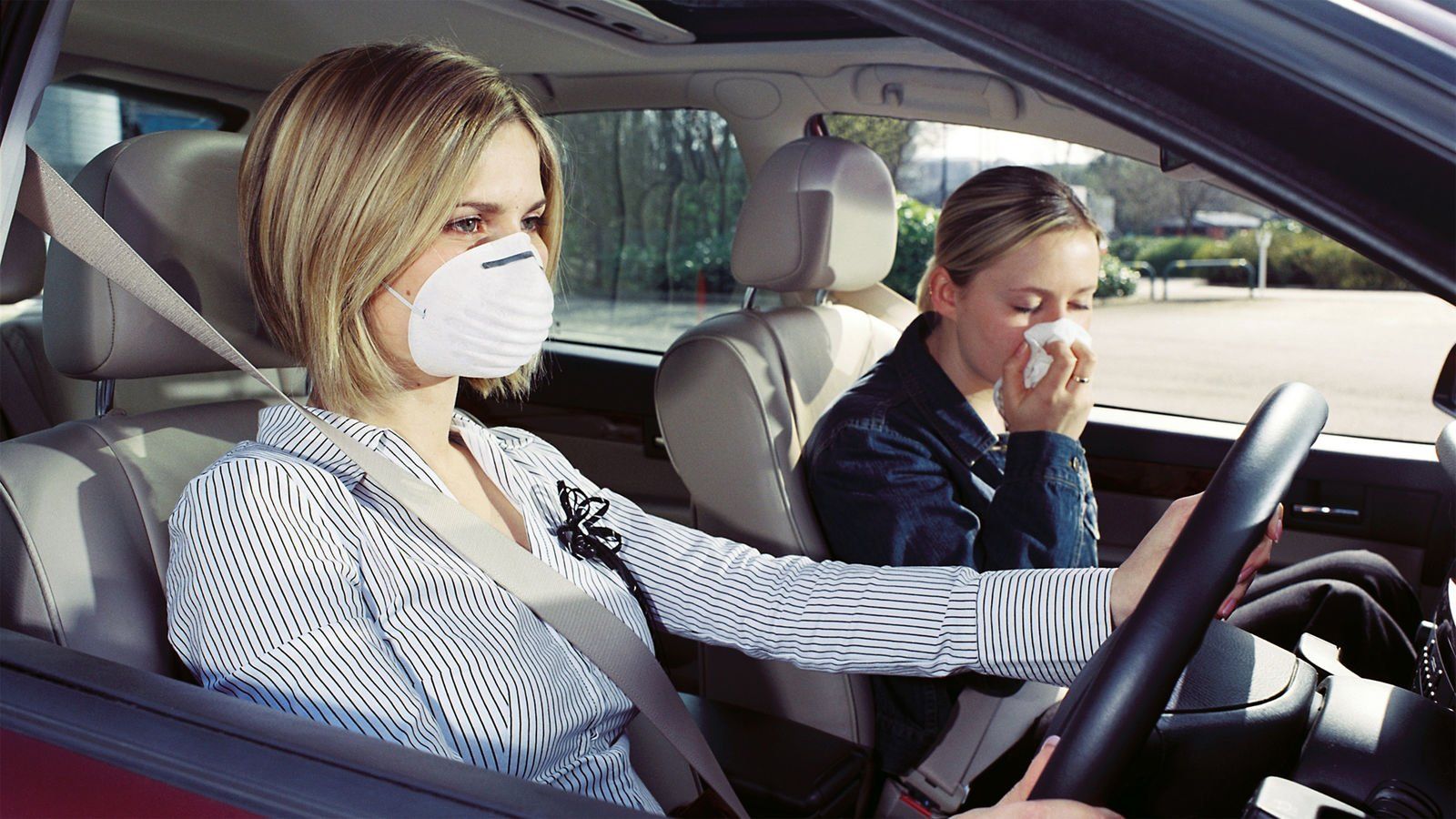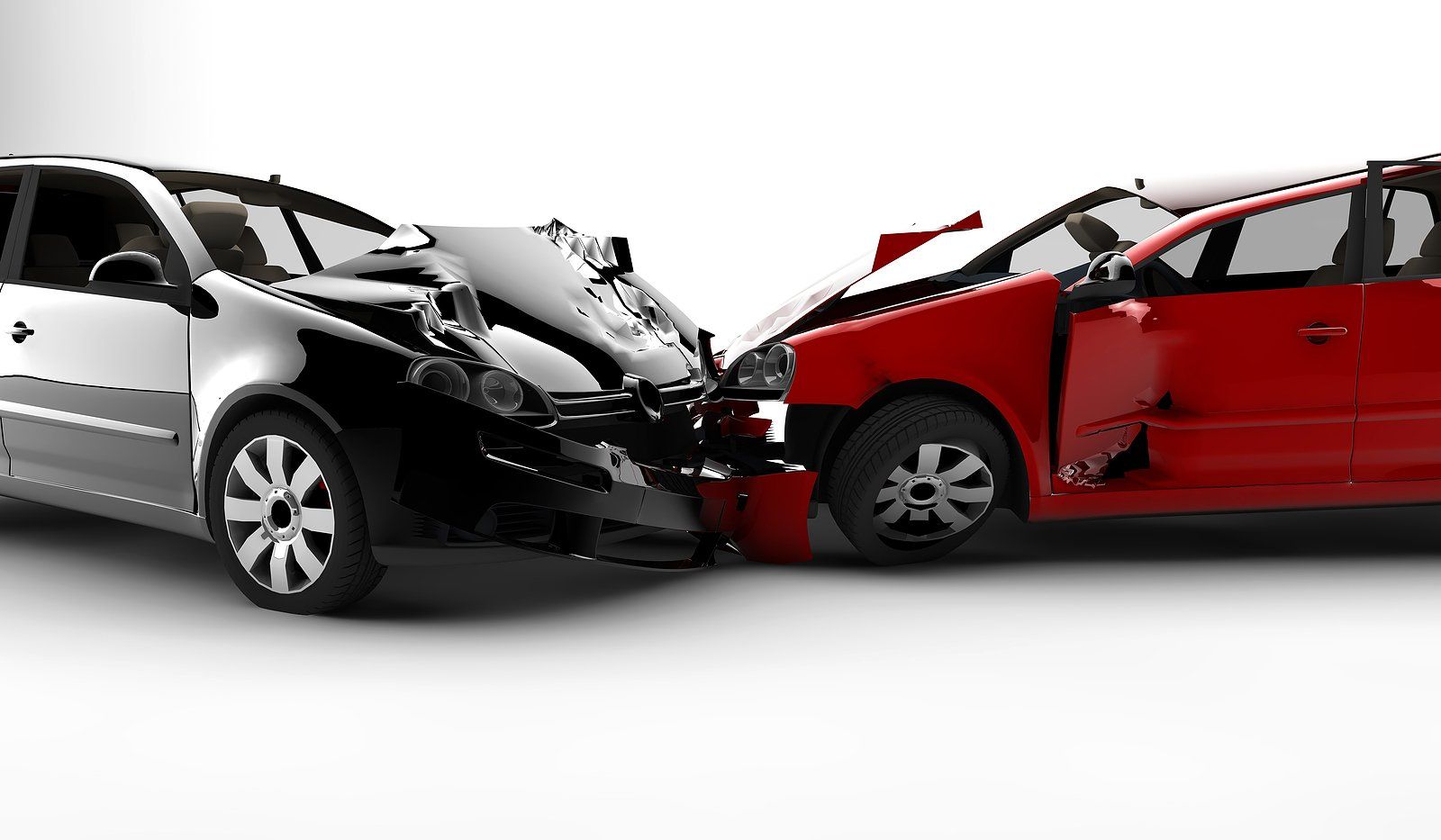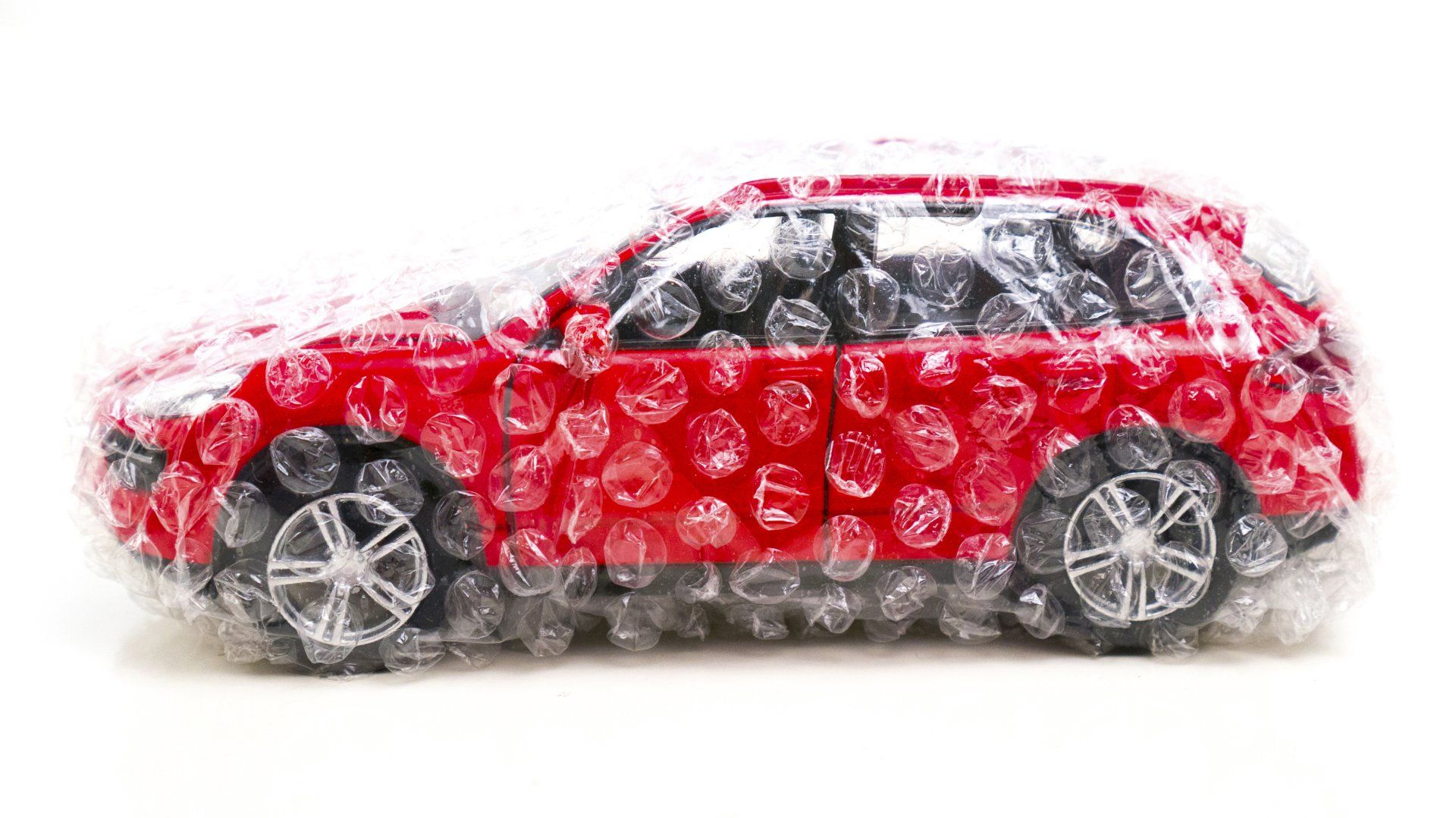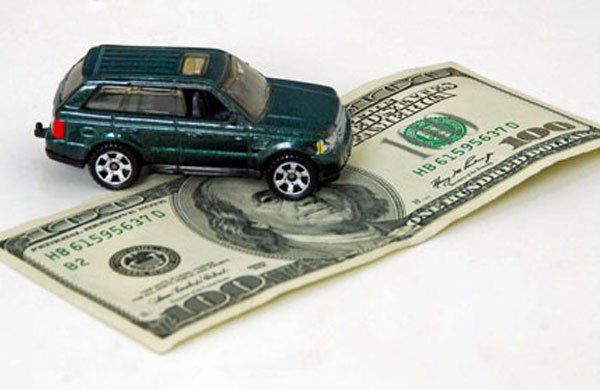Blog
Check Out Our Latest Posts
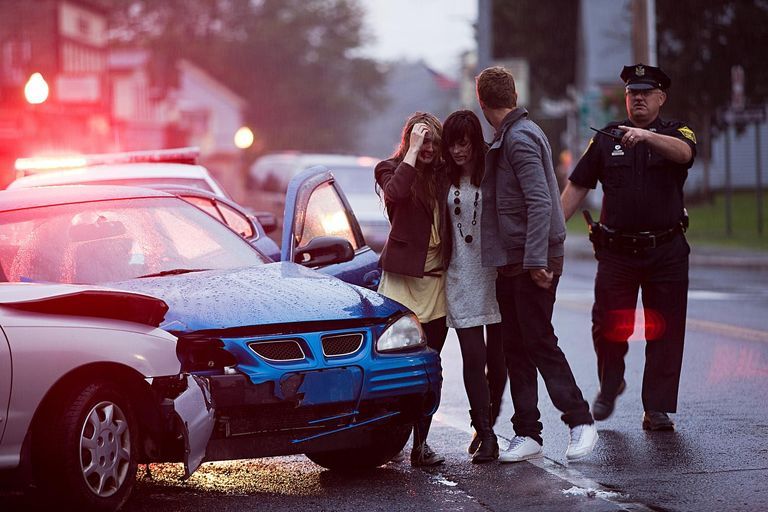
01 Mar, 2021
What is car liability insurance? The portion of your car insurance that will cover damage to property other than to vehicles, pay for legal actions, and cover bodily injuries for the passengers in the other car if you are at fault. There are two forms of car liability insurance. Bodily Injury Liability (BI) helps protect your liability and property damage liability. The difference? Bodily Insurance Liability is if people are injured in an accident that’s your fault. Bodily Injury Liability coverage helps protect you from bills that can include emergency and at the scene, medical expenses, medical services, compensation for loss of income, funeral expenses, legal defense fees, and/or bonds for anyone listed on your policy. On the other hand, Property Damage Liability (PD) happens if another driver’s property is damaged in an accident that is our fault. PD will help pay for their structural damage to homes, storefronts, etc., repair or replacement costs for other stationary objects, and/or vehicle repair or replacement costs. BI and PD do not cover injuries inflicted on yourself or damage to your property. Liability coverage limits, for the damage you do to others, are written as three numbers. These numbers can look like 20/40/10, which means $20,000 for each bodily injured person, $40,000 in bodily injury coverage per accident, and $10,00 in property damage coverage per accident. Car liability insurance does not cover passengers in your car, hail damage, your bodily injuries, or your vehicle damage.
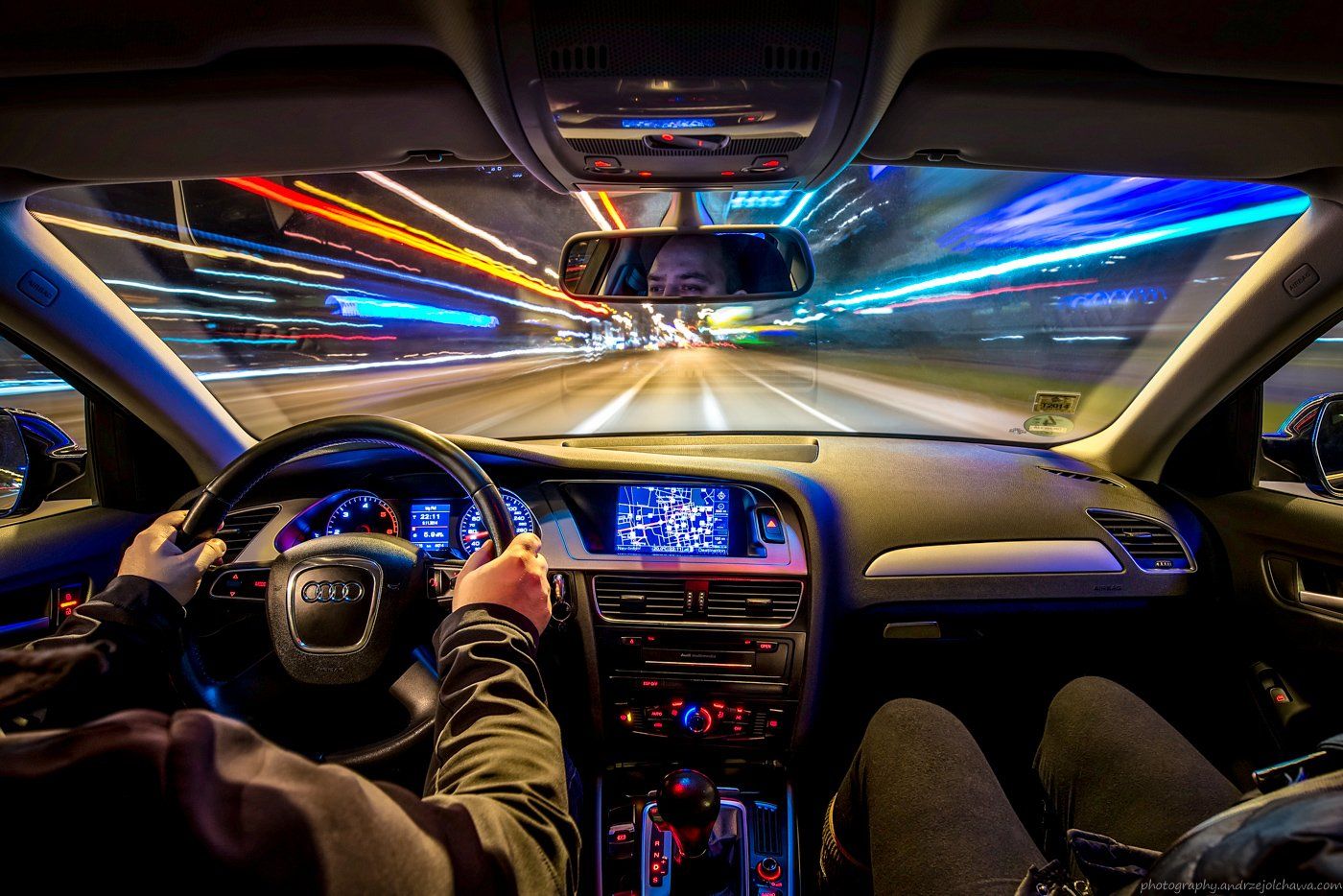
01 Mar, 2021
Looking for ways to improve your driving after hours? While driving at night each driver is exposed to greater risks that include 3x more accidental deaths, and 32% more crashes involving one or more drivers who have consumed alcohol. The dangers of driving at night include reduced vision, lack of depth perception, color recognition, and peripheral vision. Driving at night also brings up the drowsy driving risk which reduces concentration and reaction time. To help reduce these risks, drivers under 40 should get an eye exam every three years, drivers up to 60 should get an eye exam every 2 years, and drivers older than 60 should get their eyes tested at least once a year. To improve your late night drives, follow these tips: Keep headlights, taillights, signal lights, and windows clean. Check to make sure headlights are properly aimed. Dim instrument panel and dash lights to increase vision and depth perception. Turn headlights on in early twilight. Reduce speed and increase following distances. Make sure your speed will allow you to come to a complete stop within the distance illuminated by your headlights. Do not use high beams when following or approaching another vehicle for the other driver’s safety. Use the right edge of the road, the white line, as a visual guide when blinded by oncoming lights. Watch for the flash of headlights; they may indicate approaching hills or hairpin curves. Raise or lower the rearview mirror to eliminate bright reflection from following cars. Periodically stop for light snacks, stretching/exercise, or even a nap. Wear glasses with anti-reflective lenses, even with perfect vision. This helps reduce being blinded by bright lights. Keep your eyes moving constantly, rather than focusing on one area. This will help eliminate drowsiness. Watch closely for deer (when there’s one, there are usually more). Never drink & drive. Reduce distractions.
Phone: 812-482-5533
Fax: (812) 379-8999
Address: 608 Main St Suite D Jasper, IN 47546
Business Hours:
- Mon - Fri
- -
- Sat - Sun
- Appointment Only
Content, including images, displayed on this website is protected by copyright laws. Downloading, republication, retransmission or reproduction of content on this website is strictly prohibited. Terms of Use
| Privacy Policy
